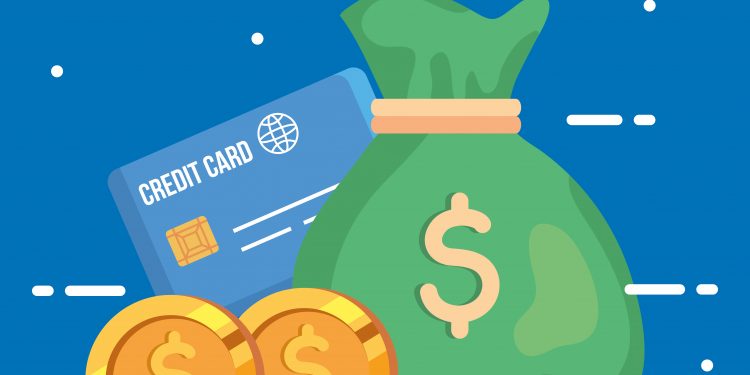How does the federal government send $3 trillion to individuals and businesses across the country?
Not as efficiently as it could, said Erika Baumann at Aite Group, a fintech analytical firm. TCH — The Clearing House – owned by 25 of the largest banks operating in the U.S. — launched a real-time payments system late in 2017, named, cleverly enough RTP, which it trademarked. (This led ACI Worldwide, which provides payment services, to adopt the confusing moniker IP — for Immediate Payments — in its publications about real-time payments.)
The federal government can send electronic payments to taxpayers who have previously filed a return along with bank account and routing information, she said. “That does not cover enough people, so now you have checks going out. If the check isn’t cashed, the government will send a paper notice to that address. We should have been using the technology we have at our fingertips to avoid the situation. Unfortunately, with the Fed developing their own system (FedNow — expected in 2024) there hasn’t been as much collaboration across the industry as there should have been.”
Real-time payments as opposed to the several day time lag often experienced with ACH, are not a mystery to consumers who can use Zelle, Venmo, Mastercard Send and Visa Direct. “They know it is possible for money to change hands in real-time without providing banks account details. It’s very expensive to write all those checks,” she added. “TCH has been clearing check for decades. It is not an emerging fintech, it does not present a strong risk.”
The first stages of America’s emergency response to the COVID-19 pandemic skipped past fintechs and stuck to traditional methods of delivering money — checks and direct deposit. If the federal government continues to provide a lot of direct support — think school lunch funds for kids who aren’t in school, pay supplements to working individuals or the unemployed, health care direct payments, small business support — fintechs may have a role to play.
Kim Bynan, head of prepaid and government solutions at FIS, said prepaid cards provide advantages over checks. The biggest is that it allows direct distribution of funds to people who don’t have bank accounts. “Individuals never have to leave their house to use those funds,” she explained. “If you are unbanked or underbanked, you can’t get deposit into an account because it doesn’t exist.”
The government can mail out a prepaid card and the individual who receives it can start shopping online or in a store without paying check-cashing fees. If the financial assistance program continues, the government can refill the card — no need for the expense of printing and mailing checks. The mag stripe cards — the benefit cards typically do not have EMV chips and require PINs — can be restricted to certain types of merchants, such as grocery stores.
General Purpose Reloadable (GPR) prepaid debit cards have come a long way since their initial introduction in the United States. Once considered the financial wild wild west, but today, support the payment of trillions in dollars for unemployment, child support, nutritional assistance and government benefits to those in the United States that are under or unbanked. An unbanked consumer is one that only uses alternative financial services (check cashiers, pawn shops, convenience stores or bars), underbanked consumers have a traditional financial institution account, but also supplement their needs using alternative financial services. GPR cards are FDIC insured and have the same protections as traditional financial institution accounts, so they are safe and the dollars are protected. Interestingly, it wasn’t the new and innovative products brought to market within the last few years that solved the need, it was a product that is often forgotten as the unsung hero for much of the population.
Paper checks provide an opening for fraud, said Craig Costigan, CEO of NICE Actimize. Fraudsters will be looking to abuse the large sums available and will be targeting checks in several ways,” he said. “Checks sent through the mail could be intercepted, especially in multi-tenancy properties, and converted by paying into someone else’s account. This may involve altering the name on the check or the amount payable.”
Direct deposit is the best method, he added, saying prepaid cards are an option, but can also be vulnerable to fraudsters. He warned against emails, texts or phone calls that suggest ways to speed up the stimulus payment.
“Ignore them as these are scams. These scams often include a fee request, payable, or state that your bank account information requires updating. Do not click on links shared with you, only navigate directly to the IRS My Payment page.“
Overview provided by C. Sue Brown, Director, Prepaid Advisory Service at Mercator Advisory Group.
For the original article quoted in this coverage, please click here.











